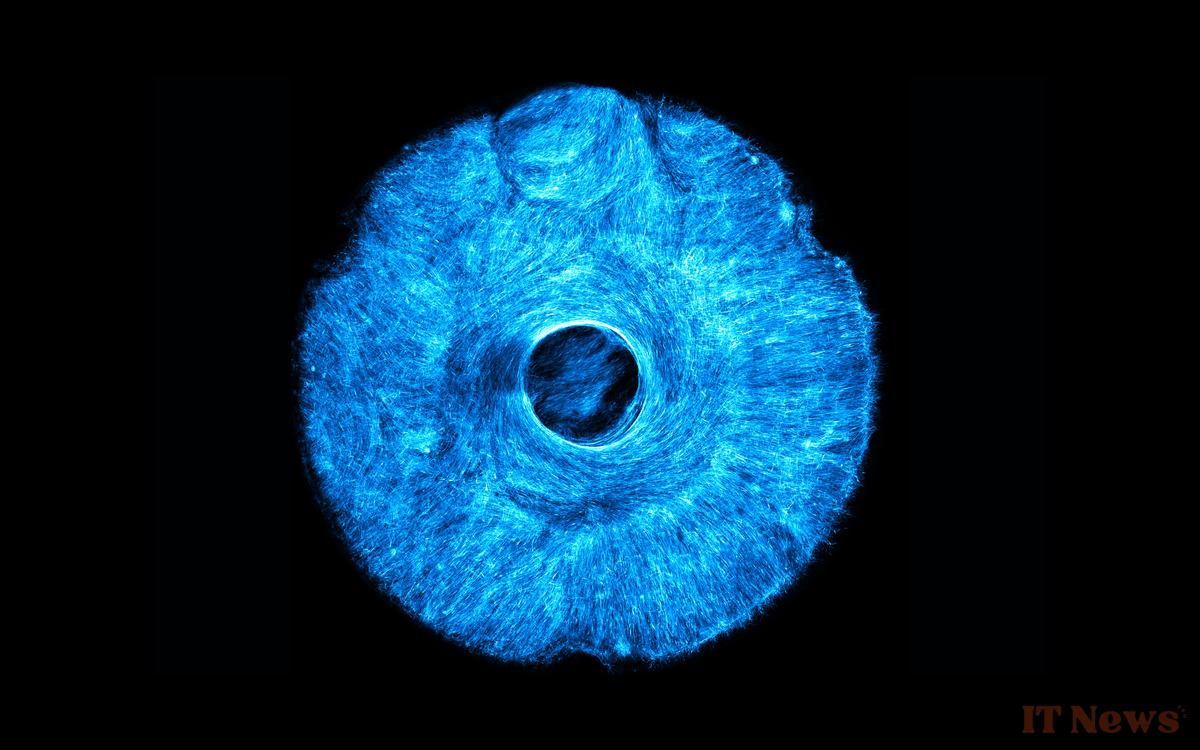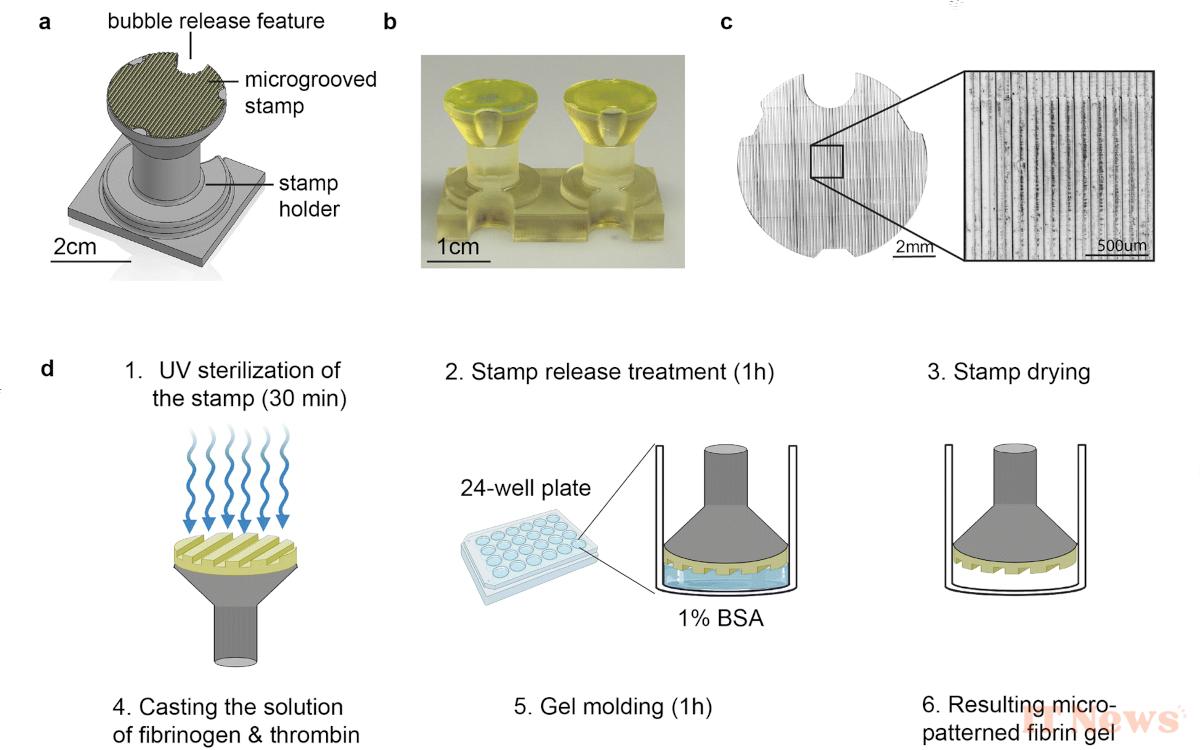A group of scientists has succeeded in reproducing the complex movements of the human iris in an artificial muscle. This tissue contracts in multiple directions thanks to an innovative 3D printing technique. This breakthrough could transform the design of tomorrow's robots.
In nature, movements do not always follow a single direction. Some tissues, such as those surrounding the eyes or organs, contract in complex ways. Reproducing this ability in artificial structures remains a challenge. Until now, most muscles created in the laboratory pulled in a single axis, severely limiting the applications of robots.
MIT engineers have succeeded in taking a decisive step by creating an artificial muscle capable of contracting in multiple directions. Inspired by the iris of the human eye, this advance is based on a novel technique called "stamping" – tamponnage in French – which could significantly expand the capabilities of robots. And this is timely: according to a recent study, sales of humanoid robots will explode in the coming years. And it's not the giant Nvidia, which has just launched an open source AI model to make them work, who will say otherwise.
MIT develops flexible artificial muscles that contract like a human iris
Researchers have designed a small 3D printed pad with tiny grooves as thin as a cell. By applying it to a hydrogel—a soft material containing water—they formed imprints that served as a guide for muscle cells. The cells, modified to react to light, aligned themselves in the grooves and formed muscle fibers in less than 24 hours. Once stimulated by light pulses, they contracted in a coordinated manner, mimicking the circular and radial movements of the human iris.
This method has several advantages. It is inexpensive, accessible, and can work with conventional 3D printers. The stamp is reusable and can be adapted for other cell types, such as those of the heart or nervous system. Ultimately, this technique could lead to the creation of more flexible humanoid robots, capable of navigating complex environments such as the ocean floor or rescue zones. It also paves the way for fully biodegradable and energy-efficient structures.
Source: MIT





0 Comments